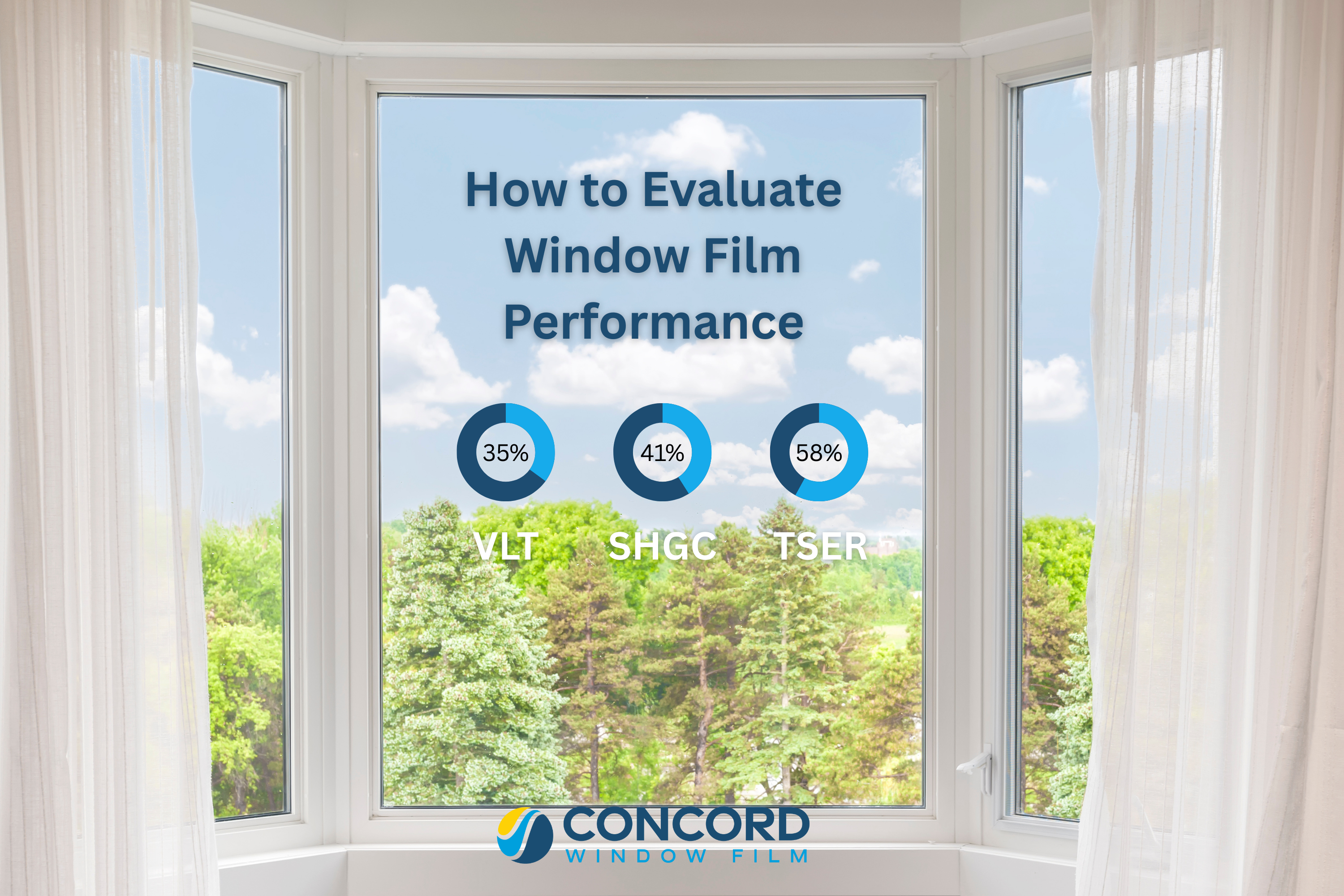
FREE SHIPPING ON PRECUT KIT ORDERS OF $100 OR MORE
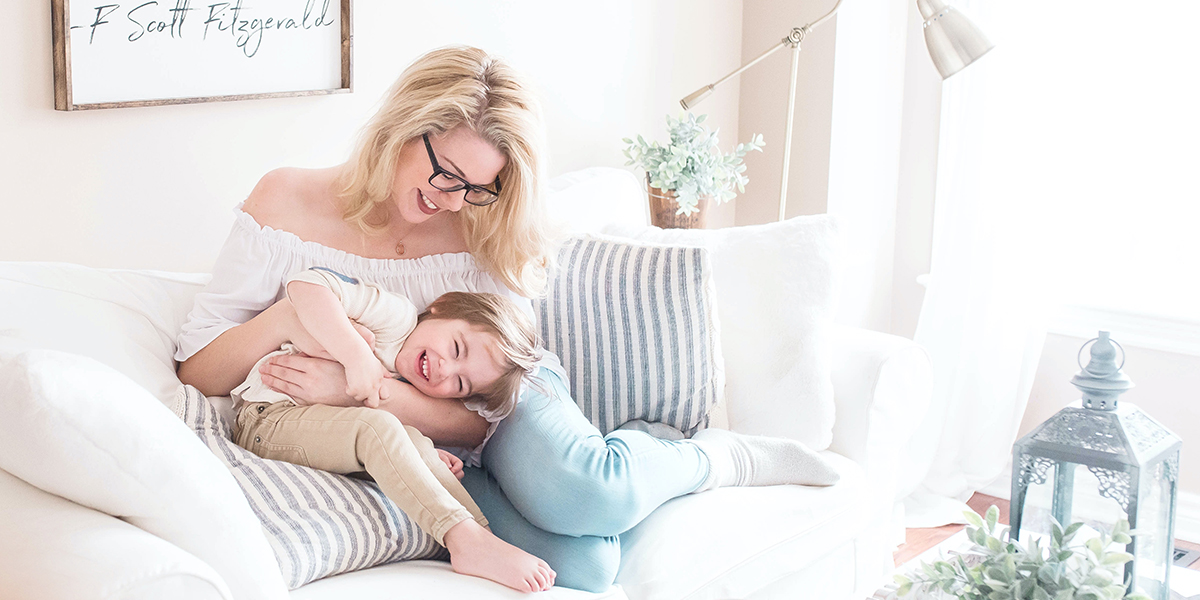
The Skin Cancer Foundation estimates that one in five Americans will develop skin cancer sometime in their lifetime. And according to the American Cancer Society, most skin cancers are caused by exposure to ultraviolet (UV) rays. So, the best way to protect yourself and your loved ones from skin cancer is to reduce your family’s UV exposure. Below are four ways to reduce your family’s UV exposure!
But first let’s take a look at what UV radiation actually is.
Before we jump into solutions, it’s helpful to understand what ultraviolet (UV) radiation is and why it’s harmful.
Ultraviolet radiation is a type of energy produced by the sun. You can’t see it because it has shorter wavelengths than light, but you can feel it. Ultraviolet radiation from the sun is made up of three parts: UVA, UVB, and UVC.
UVC is the most dangerous type, but luckily it is absorbed by our atmosphere and never reaches the earth’s surface.
UVB is the type of radiation that causes sunburns and helps us produce vitamin D. It has short wavelengths and can only penetrate the top layer of our skin but is the main cause of skin cancer.
UVA radiation makes up 95% of the ultraviolet energy that reaches earth. It is the least potent of the three types and is primarily associated with skin aging. UVA has a long wavelength and penetrates deep into the skin. While not a cause for cancer on its own, it does make UVB damage worse.
With that understanding under our belt, here are the best ways to protect yourself and your family from UV exposure.
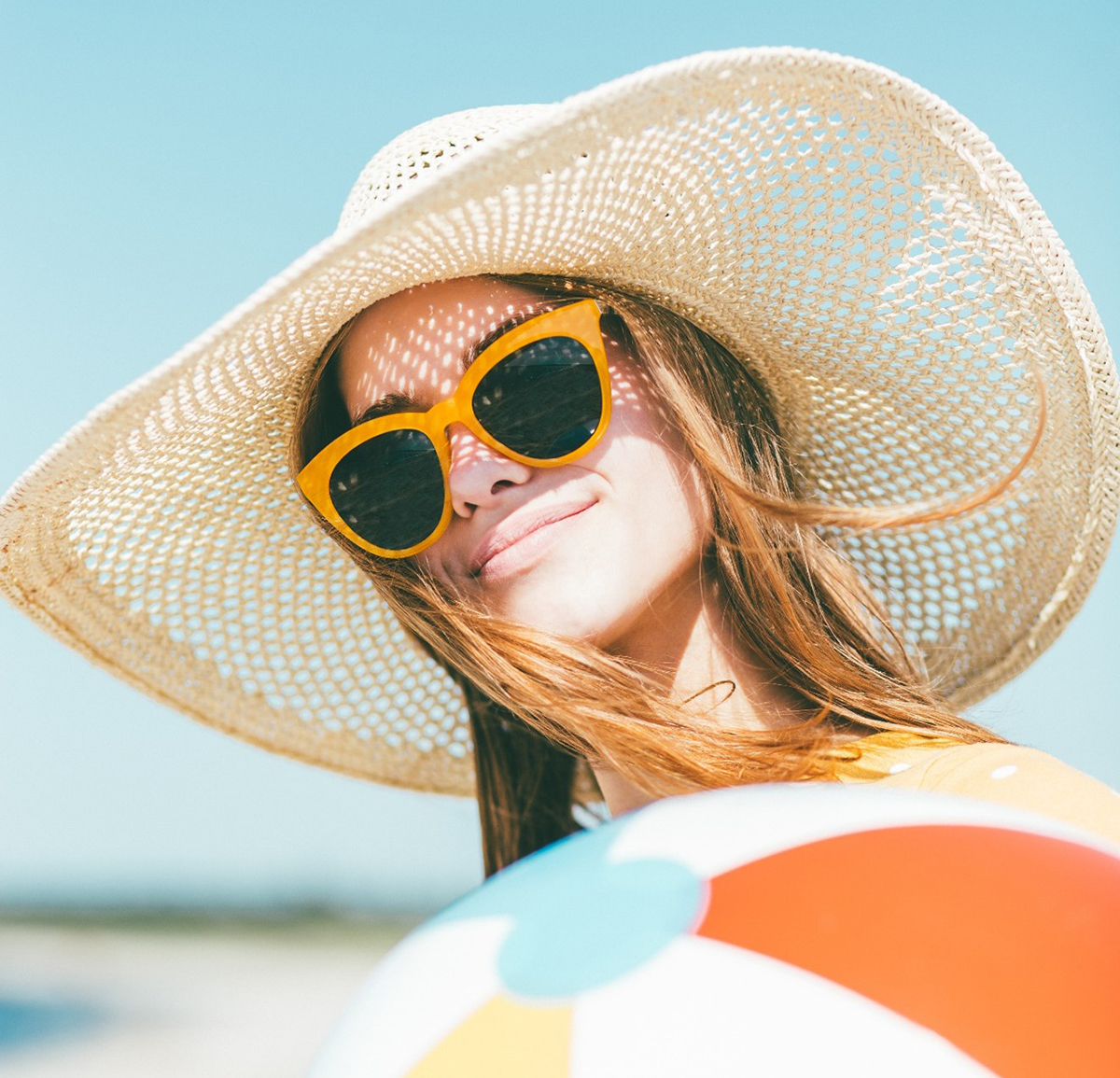
The first thing you can do to protect yourself from UV exposure is to wear protective clothing and eyewear when you are out in the sun. Sunglasses, hats with a wide brim, long-sleeved shirts, and long pants will all help block UV rays. Some other factors to consider:
In addition, you can purchase clothing with UV protection built in. Fabrics are rated using UPF or Ultraviolet Protection Factor that is a measure of how much UV radiation a fabric allows to reach your skin. According to the Skin Cancer Foundation, “a UPF 50 fabric blocks 98 percent of the sun’s rays and allows two percent (1/50th) to penetrate, thus reducing your exposure risk significantly.” Look for the Foundation’s Seal of Recommendation on clothing – it is given to fabrics with a minimum UPF of 30.
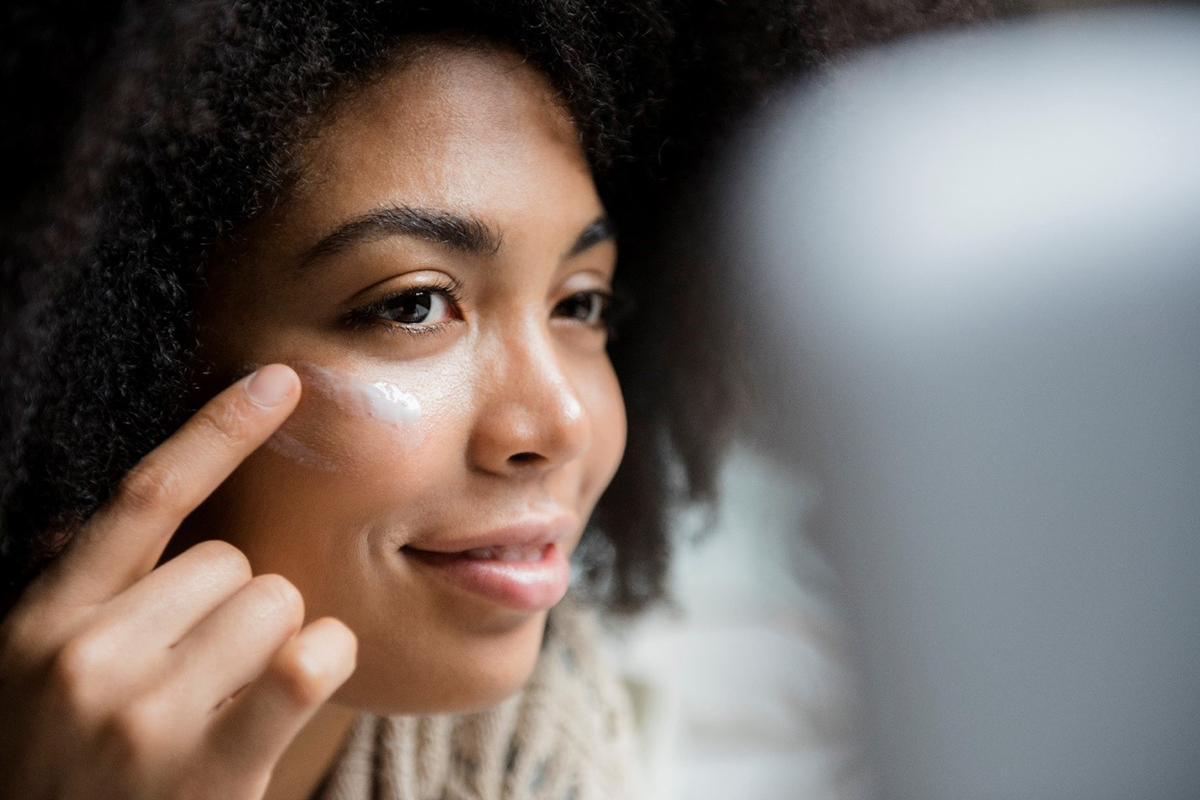
Your second line of defense is to use sunscreen.
Sunscreens are rated with a Sun Protection Factor or SPF. According to the FDA, “SPF is a measure of how much solar energy (UV radiation) is required to produce sunburn on protected skin (i.e., in the presence of sunscreen) relative to the amount of solar energy required to produce sunburn on unprotected skin.” The higher the SPF value, the more protection the sunscreen offers from burning.
The American Academy of Dermatology recommends everyone wear sunscreen that offers:
Sunscreen should be applied at least 15 minutes before going out into the sun and should be re-applied every 2 hours. If you are swimming or sweating, you should re-apply after these activities.
Be sure to apply enough sunscreen! The American Academy of Dermatologists estimates the average adult needs 1 ounce of sunscreen for full body coverage.
And don’t forget oft-forgotten spots like your feet, your ears, the back of your neck, and your lips (a lip balm with SPF should be used).
Dermatologists agree that sunscreen should be used year-round to protect your skin from damage. And it’s not just for use on sunny days! You can still burn on overcast days. What’s more, sand, water, and snow all reflect the sun so it’s important to wear sunscreen in these environments.
And, dermatologists are now recommending you wear indoor sunscreen to fully protect yourself from harmful UV rays or if you are at high risk for skin cancer.
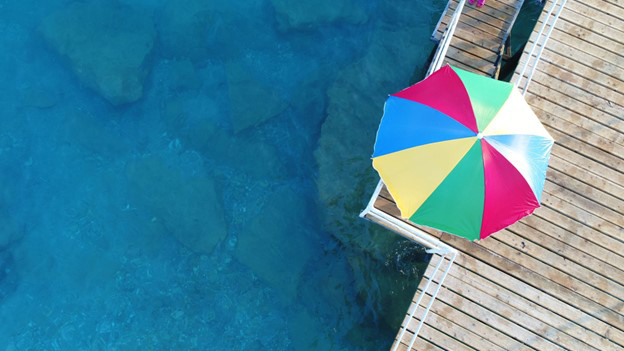
The third thing you can do to reduce your UV exposure is to stay in the shade. This is particularly important when the sun is the strongest: typically between 10 AM and 2 PM. If you are outside, use an umbrella, or look for shade under a tree. If you can, stay indoors during these peak hours.
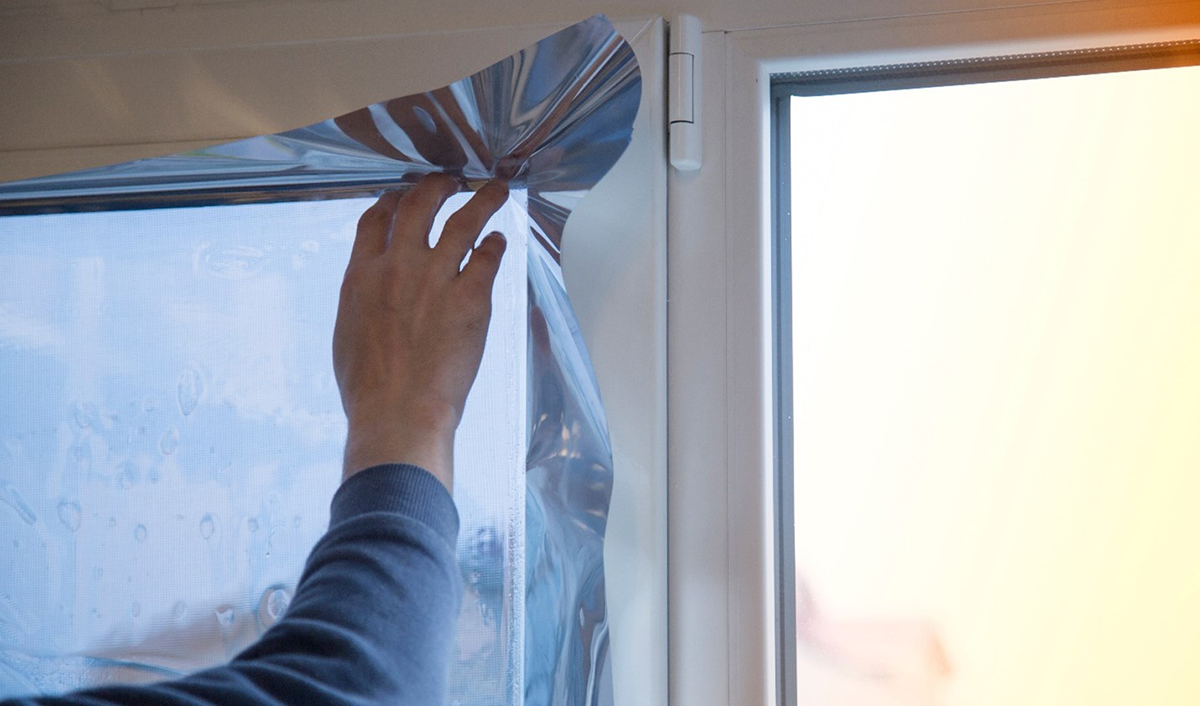
And, because rays from the sun and therefore UV rays can enter your home through your windows, another step you can take to reduce your exposure to UV radiation while indoors is to install Concord’s ComforTech™ Ceramic Series window film. In fact, the Skin Cancer Foundation recognizes window film as a sun protection product.
All our ComforTech™ shades block >99% of UV rays keeping you and your family safe. It’s an easy window upgrade you can install yourself that will not only protect you from indoor UV damage, but will also help you save energy, reduce fading of floors and furnishings, and decrease glare in your home.
And if you don’t want to tint the windows but want the UV protection, we have Clear UV Film available in rolls!
UV exposure is a serious concern that requires proactive measures to protect your family.
By wearing protective clothing, using sunscreen, staying out of the sun during peak hours, and installing UV blocking window film, you can significantly reduce the risk of harmful UV radiation. Each of these steps plays a crucial role in minimizing your family’s exposure to UV rays, thereby lowering the risk of skin cancer and other UV-related health issues. Remember, taking these precautions not only safeguards your health but also ensures a safer and more comfortable living environment.
For more information on how our products can help protect your family, visit our website!